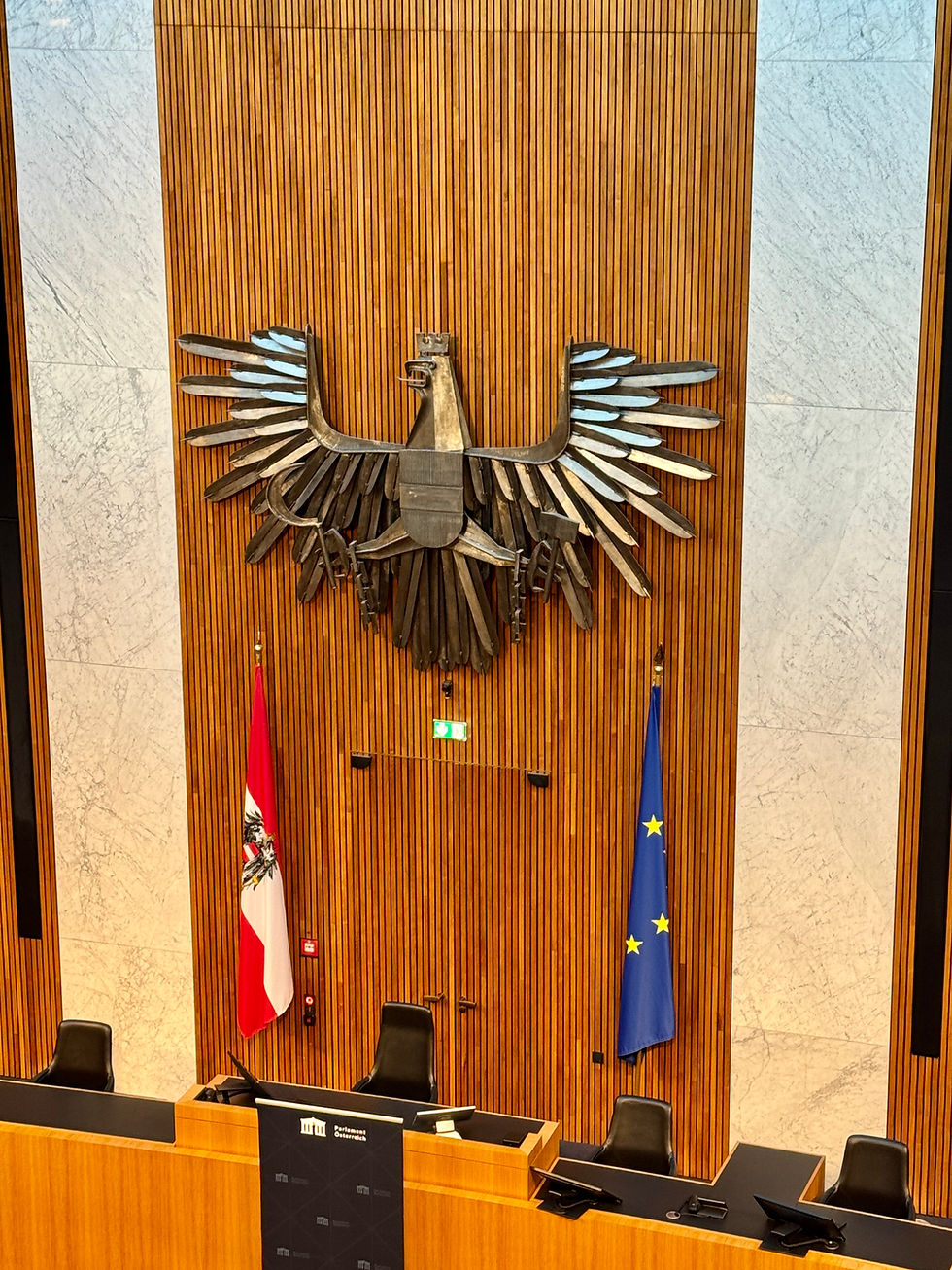Literaturmuseum - Books, Books, Books, Austrian Books, and More!
- Mika Vepsalainen
- Sep 7, 2024
- 2 min read
Join us for a visit to a fascinating museum that will tell you the story of books in Austria from the 18th century until today with the fascinating features of literature in Austria: music, fine arts and theatre in books, and much more.

The Literature Museum of the Austrian National Library presents the story of literature in Austria including the history of some of the most prominent authors, such as Johann Nestroy, Arthur Schnitzler, Franz Kafka, Ilse Aichinger, Ingeborg Bachmann, Thomas Bernhard and Friederike Mayröcker. There are around 650 exhibits from over 200 authors.
Austrian literature is characterised by the multilingual, multiethnic traditions of the multinational Habsburg empire. The geography is truly varied extending from the fringes of the Habsburg empire and Old Austrian Galicia to Budapest and Prague and into the Slovenian speaking Carinthia. For a good background, you might wish to borrow a museum tablet at the ticket desk. It will give you an overview and themed tours through the museum - very helpful if you are not fully familiar with Austrian literature beyond the most known names. You will hear the picture of Austria their literature shows and how literature and its history link to the present day in Austria.
The year of European revolution, 1848 saw the construction of one of the oldest archive buildings in Europe, the Imperial and Royal Court Archive (Hofkammerarchiv), one of the central authorities of the Habsburg monarchy. Interestingly, the Austrian dramatist Franz Grillparzer (1791-1872) was the archive director here until 1856 - torn between the duties of a Royal and imperial tax inspector and his literary mission. His office is retained in its original condition and forms an integral part of the museum. “Grillparzer proved that Vienna is an excellent place for suffering,” said Franz Kafka in a letter to his friend Grete Bloch in 1914.
When the listed archive ensemble was converted into a museum, despite protests from numerous prominent historians, the original entrance was demolished and the ground floor was changed beyond recognition. Now the permanent exhibition extends over two levels with special exhibitions housed on a third level.
The museum is fully accessible with lifts. The loos, including an accessible one, are in the basement, just take a lift there. There is a small museum shop at the entrance. There is no café but you are just a step away from the inner centre and can go to any of the literary cafés there afterwards and be one of the intellectuals in town!
Literaturmuseum
Johannesgasse 6, 1010 Wien
















Comments